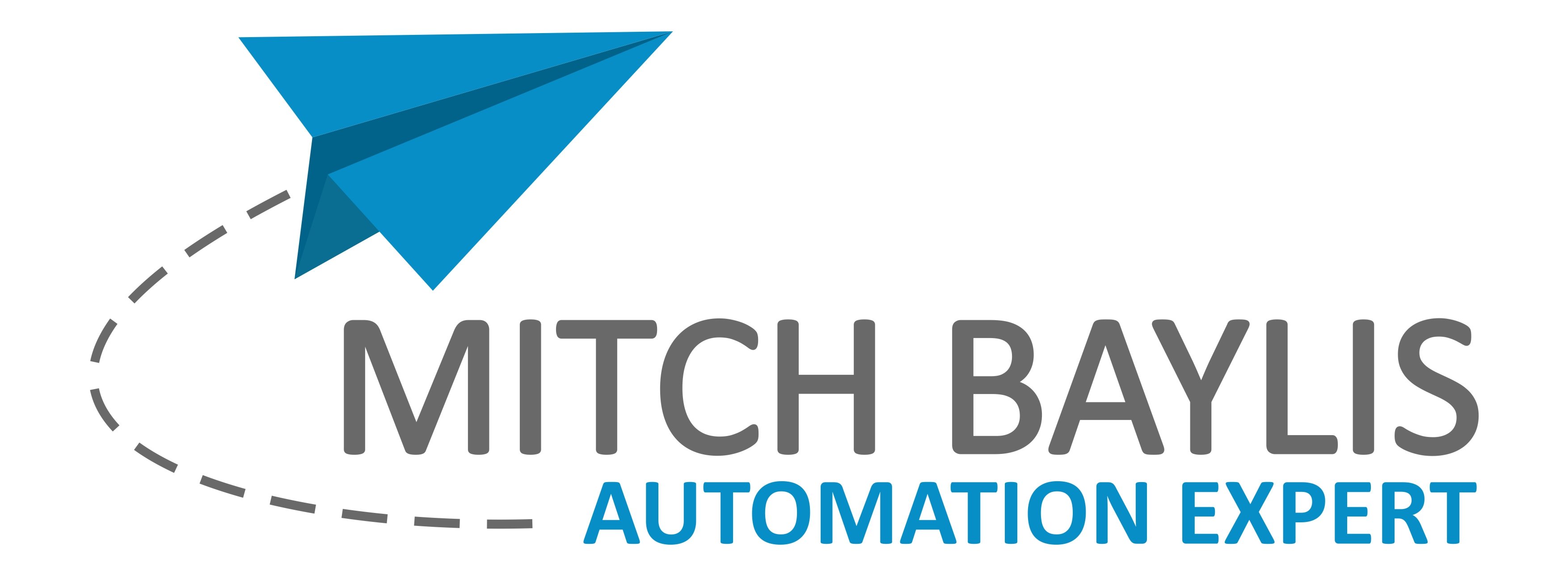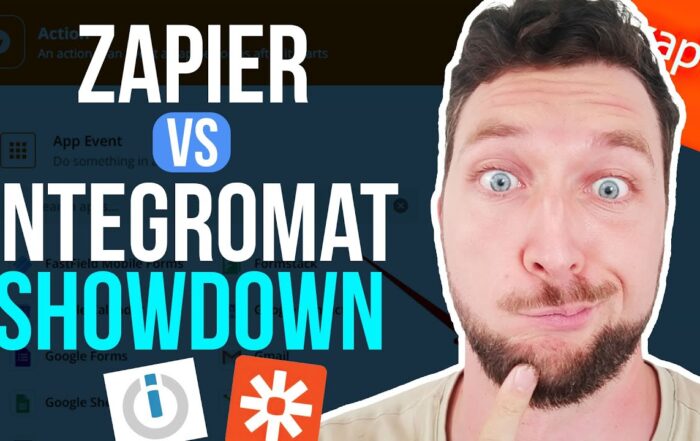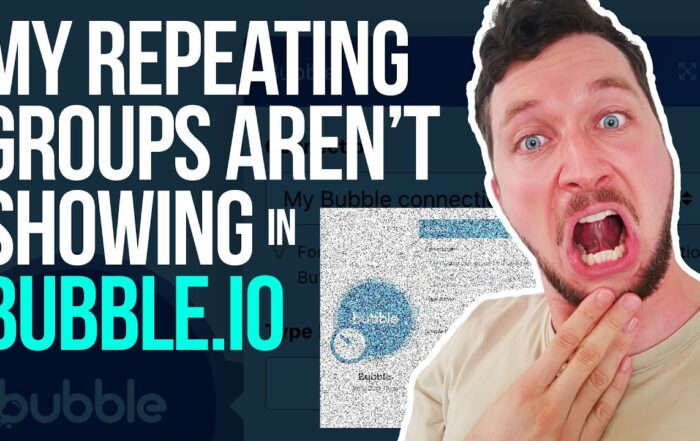Mastering Webhooks with Make.com and Bubble.io: A Comprehensive Guide
Welcome to our in-depth tutorial on using webhooks with Make.com and Bubble.io! 🌟 If you’re looking to automate your business processes, you’ve come to the right place. In this guide, we’ll explore how to set up and trigger webhooks, prime them for use in different scenarios, and handle various data formats. Let’s dive in!
What is a Webhook? 🤔
A webhook is a method of sending data from one application to another in real time. When an event occurs in the source application, it triggers the webhook, which sends a data payload to the destination application, such as Make.com.
Setting Up a Webhook in Make.com
To start using webhooks in Make.com, follow these steps:
- Search for Webhooks: Navigate to the Make.com dashboard and search for ‘Webhook.’ Select the ‘Webhook Trigger’ option.
- Choose Your Webhook Type: You have two options: a Mailhook or a Webhook. A Mailhook is designed to handle incoming emails, while a Webhook is meant for sending data from one app to Make.com.
- Create a Webhook: Click ‘Add’ to create a new webhook. You can rename it to something relevant, like ‘Tester Webhook.’
- Copy the Webhook URL: Once created, copy the webhook URL provided by Make.com.
- Test the Webhook: Paste the webhook URL into your browser. You should receive a response like ‘Accepted.’
Sending Data to Your Webhook 📤
You can send data to your webhook using either a query string or JSON format. Here’s how:
- Query String: Append data to the webhook URL using key-value pairs, such as
?first_name=Mitch&email=mitch@example.com. - JSON: If integrating with apps like Airtable or ActiveCampaign, you’ll typically send JSON data packets.
Handling Data Structure Changes
When sending data to your webhook, the data structure is determined during the first trigger. If the data structure changes, you’ll need to redetermine it:
- Trigger the Webhook: Send a request with the new data structure.
- Redetermine Data Structure: In Make.com, go to the webhook settings and click ‘Redetermine Data Structure.’
- Verify New Metadata: Ensure the new variables appear in your webhook configuration.
Advanced Tips and Tricks 🛠️
Here are some advanced tips to make working with webhooks even easier:
- Manual Data Mapping: If you know the variable names in advance, you can manually add them to the JSON data structure and paste it into a text file for reference.
- Triggering Webhooks: Use various triggers like form submissions, button clicks, or even incoming SMS to activate your webhook.
Conclusion 🎉
Congratulations! You’ve now mastered the basics of setting up and using webhooks with Make.com and Bubble.io. By following this guide, you can streamline your business processes and create powerful automation workflows. Keep experimenting, and happy automating!
For more tips and tutorials, stay tuned to our blog and subscribe to our YouTube channel. If you have any questions, feel free to drop them in the comments below. 🚀
Recent Posts
Zapier vs. Make.com: Which Business Automation Tool is Right for You?
Hey there, automation enthusiasts! 🚀 Today, we’re diving into a face-off between two business automation giants: …
Why I Switched from Calendly to Acuity: A Comprehensive Guide to Better Business Automation
🚀 In the ever-evolving landscape of business automation, choosing the right tools can make or break …
Master Bubble.io: Fixing Repeating Group Issues with Nested Elements
Hey there, fellow Bubble.io enthusiasts! Are you struggling with nesting elements within repeating groups? 🤔 You’re …



